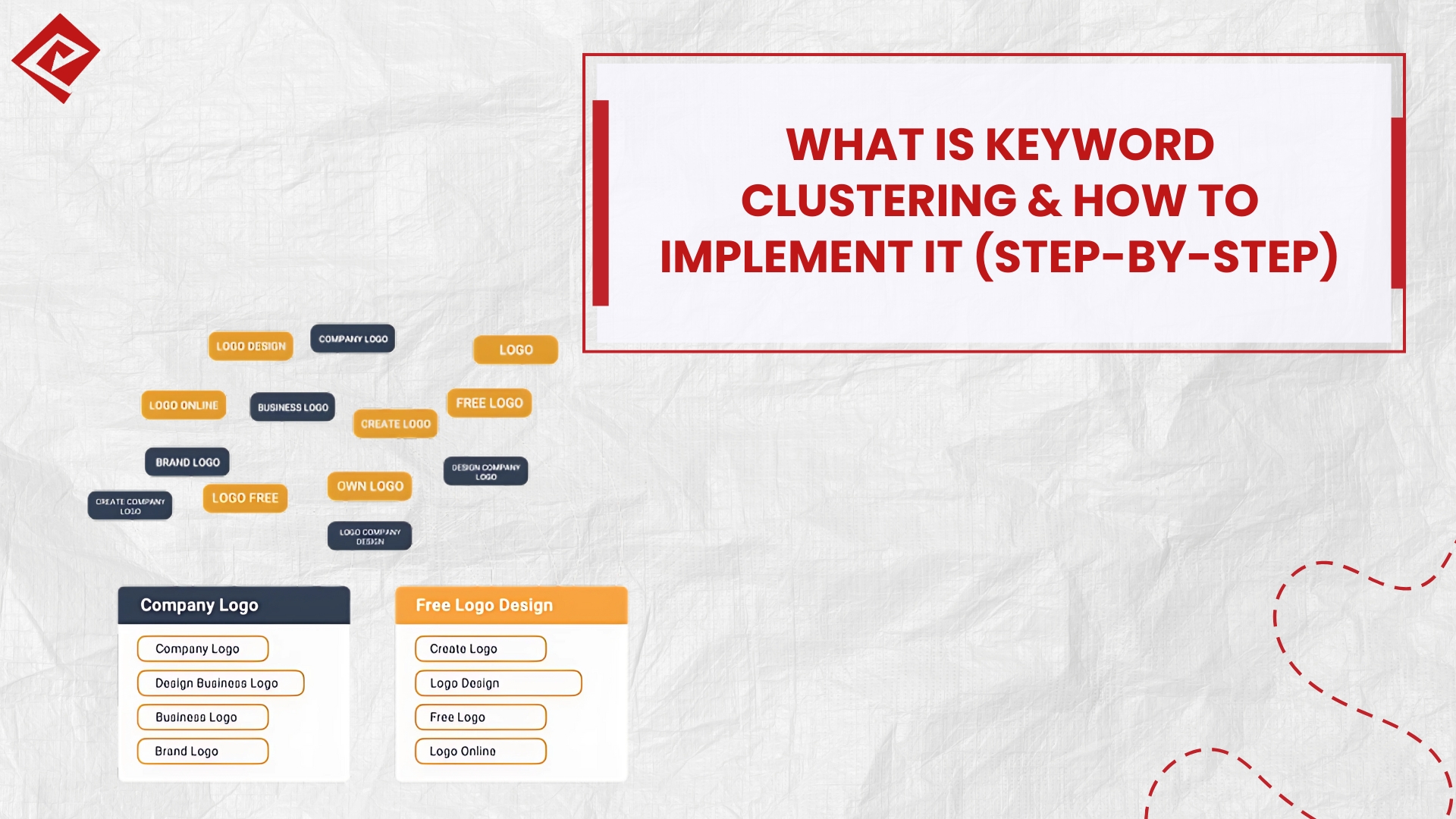
What Is Keyword Clustering & How to Implement It
Remember when SEO meant stuffing your page with the same phrase over and over? Those days are long gone.
In 2025, the websites crushing their competition aren’t just targeting random keywords; they’re building strategic keyword ecosystems that actually make sense to both search engines and real humans.
It’s called keyword clustering, and it’s changing the game. Instead of creating 50 different pages that cannibalize each other’s rankings, smart SEO teams are grouping related terms together, addressing the full spectrum of what people are actually searching for.
The difference? More traffic, longer visits, and content that actually answers what people are looking for instead of awkwardly dancing around a single phrase.
In this Keyword clustering SEO guide, we’ll cut through the complexity and show you exactly how keyword clustering works, why it matters now more than ever, and the step-by-step process that’s working right now for businesses that are serious about getting found online.
Why Keyword Clustering Still Matters in 2025
Search engines keep getting smarter. Google’s Algorithms understand context better than ever. So why should you still care about keyword clustering? Because it’s about connecting what you write with what people actually want to know.
Think of keyword clustering like organizing your kitchen. When everything has its place, cooking becomes effortless. Similarly, when your content addresses related topics together, readers find exactly what they need.
Here’s the deal:
It makes your content more complete. By grouping related search terms, you naturally cover all angles of a topic. Someone searching for “best running shoes” might also wonder about durability, pricing, or how clustering brands helps you answer all these questions in one place.
Your SEO gets a serious boost. Instead of ranking for just one keyword, you’ll show up for dozens of related searches. More visibility means more traffic.
Readers stick around longer. Nobody likes hunting through multiple pages for answers. Well-clustered content feels natural and thorough, keeping people engaged rather than bouncing back to search results.
You can plan content more efficiently. With clusters mapped out, you can see the bigger picture, which subtopics need their own articles, which can be combined, and where the gaps are in your coverage. This kind of topic cluster strategy 2025 helps streamline your content roadmap.
How to Actually Do Keyword Clustering (Without the Headache)
Ready to put clustering into practice? Let’s break it down into manageable steps that won’t make your eyes glaze over.
1. First, gather your keywords.
Start with a Keyword Reaserch. Cast a wide net to catch all the terms your audience might use. Fire up tools like:
- Google Keyword Planner (free but limited)
- Ahrefs (pricey but powerful)
- SEMrush (great for competitive research)
- Moz (solid all-around option)
Say you run a digital marketing agency. Your main service might be “Best SEO Company in Ahmedabad,” but don’t stop there. Look for variations like:
- “SEO company near me”
- “Website optimization services”
- “How much do SEO services cost”
- “Local SEO help”
- “Technical SEO consultant”
The goal isn’t to collect thousands of keywords, it’s to find the ones your potential customers actually use. Jot down everything relevant, including the oddball phrases. Sometimes those quirky searches have the least competition.
2. Cluster Keywords by Semantic Similarity
The second step is clustering your keywords into groups that are semantically similar in meaning. How to group semantic keywords effectively ensures that every piece of content you develop can address a particular angle or sub-topic.
For example, if one of your clusters is about SEO audits, it could include keywords such as:
“SEO audit checklist”
“SEO performance analysis”
“technical SEO audit”
“SEO site audit”
All these words are connected but address different sides of an SEO audit. These words can be put together to create content that appeals to users who are especially searching for audits, analysis, or technical enhancements in SEO.
3. Make Pillar Pages and Cluster Content
Once you’ve got your keywords sorted into groups, it’s time to put them to work in a smart content strategy. One of the most effective ways to do this is by using the pillar page and cluster model. Think of the pillar page as your main go-to resource on a broad topic—it lays the groundwork. Then, around it, you build cluster pages that each zoom in on a specific angle or sub-topic.
Let’s say your pillar page is something like “The Complete Guide to SEO.” From there, you could create supporting articles like “How to Run an SEO Audit,” “Top SEO Optimization Techniques,” or “A Checklist for Technical SEO.”
The magic happens when everything is connected. Each cluster page links back to the main pillar, and the pillar links out to each cluster. That tight internal linking not only helps visitors find their way around, but it also sends strong signals to search engines about the structure and depth of your content. It’s one of the most effective SEO content siloing techniques today.
4. Optimize Content for User Intent
While creating content related to your keyword groups, ensure to consider the user intent. Understand why the user is searching for a keyword and craft content so that the best answer will come through, most importantly.
For instance, people looking for “SEO audit” may be seeking a guide on how to do an audit step by step or SEO analysis tools. Make sure your content responds to these precise demands and offers actionable information.
You’ll also want to improve SEO with keyword mapping so that you’re not guessing what terms go together—you’re intentionally building your content based on real user behavior.
5. Track and Refine Your Strategy
After you’ve built your keyword clusters, don’t go on autopilot. Monitor how effective they are using tools such as Google Analytics or SEMrush. Are people finding your pages? Are they staying on those pages long enough to read them? Are those pages generating leads or sales? These are the questions you want answers to.
If a few pages aren’t pulling their weight, don’t freak out! Sometimes you might need to tweak something very small, like more concise wording or better linking to related internal pages, or maybe you simply need to expand the body of the content with more useful information. But, the main thing is to think of your content like a living entity—checking on it frequently, refreshing the content, and ultimately making sure the content you create is continuously providing real value to the customer.
Tools for Clustering Keywords
You can employ keyword clustering more successfully with the aid of several tools:
- Ahrefs: Organize keywords into clusters according to search intent and competition with the help of tools for keyword clustering.
- SEMrush: Offers comprehensive keyword research and lets you make a keyword map that complements your overall SEO plan.
- Carrot2: An open-source program that uses semantic relevance to group search results into thematic categories.
- WordStat: Focuses on content analysis and uses analytics and text mining to help you find keyword clusters.
- Don’t forget that long-tail keyword organization plays a huge role when creating clusters that drive specific search traffic.
These tools facilitate cluster creation, related keyword identification, and content optimization.
Real-Life Example: Improving SEO through Keyword Clustering
A great real-life illustration of the strength of keyword clustering is provided by SEOTesting.com. Through a reshuffling of their content with a keyword clustering methodology, they experienced a huge surge in organic traffic. Their targeted strategy not only resulted in them topically ranking for specific terms but also enabled them to dominate search result pages for multiple related terms.
By concentrating on definite clusters like “SEO audit,” “SEO tools,” and “SEO strategies,” SEOTesting.com successfully improved its organic traffic by more than 700% in a few months. This case demonstrates that keyword clustering, if properly performed, can give considerable outcomes in SEO performance.
If you’re aiming for similar results, teaming up with the Best SEO Company in Ahmedabad might just be your next smartest move. Their expertise in keyword clustering and technical SEO ensures your content is structured for both relevance and ranking.
Final Take
Keyword clustering is an essential part of any modern SEO strategy. By grouping semantically similar keywords into a cluster and providing content that correctly answers inquiries, this will help you gain visibility on your site and improve searches.
If businesses work alongside a professional SEO agency, ideally, the Best SEO Company in Ahmedabad, they can improve their SEO strategy by sharing the knowledge and expertise to better cluster keywords. This could lead to generating organic traffic and establishing your business with authority in your niche.
The primary goal of keyword clustering is to group similar search queries to target multiple keywords with a single piece of content, improving search rankings and reducing keyword cannibalization.
Start by conducting keyword research using tools like Google Keyword Planner, Ahrefs, or SEMrush. Look for keywords with similar intent, semantic relevance, and search volume to group together effectively.
Yes, by targeting related keywords in a structured way, keyword clustering can help your content rank for multiple terms, increase topical authority, and improve overall SEO performance.
Tools like Surfer SEO, Keyword Cupid, ClusterAI, and SEMrush’s Keyword Manager offer features to automate and visualize keyword clustering based on search intent and SERP similarity.
Revisit and update your keyword clusters every 3–6 months to align with changes in search trends, user behavior, and Google algorithm updates.

What started as a passion for marketing years ago turned into a purposeful journey of helping businesses communicate in a way that truly connects. I’m Heta Dave, the Founder & CEO of Eta Marketing Solution! With a sharp focus on strategy and human-first marketing, I closely work with brands to help them stand out of the crowd and create something that lasts, not just in visibility, but in impact!

Industrial Product Marketing with LinkedIn & Paid Ads

Top Digital Marketing Strategies for Industrial Products in 2026

B2B Product Launch Strategies: From Pre-Launch to Go-To-Market

